Evolution of the smartphone versus the camera
The appearance of smartphones has evolved over 10 years. Camera, not so much!
And not particularly surprising when you consider that only on June 28, 2024, Japan repealed the law obliging the administration to use floppy disks! Pathological conservatism.
Smartphone evolution
The iPhone appeared in 2007 with its rectangular shape, which Apple was determined to protect from Asian imitators, in particular Samsung, against which the Cupertin company filed a lawsuit that lasted for years. Samsung long ago abandoned this style when the lawsuit turned to dubious patents. Since then, Apple has been constantly copying Android innovations.
On the right, we see the very sleek look of the Galaxy S10 with its curved edges .
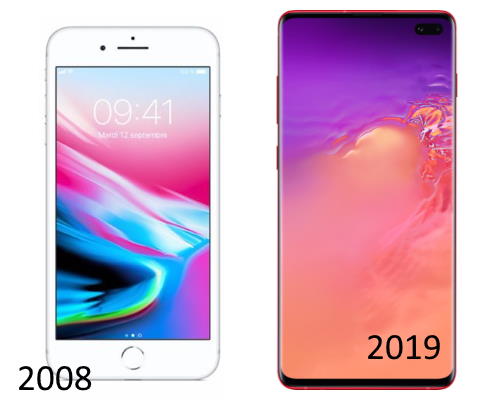
Over the past ten years, the frames have narrowed and almost disappeared, leaving the entire screen area. Therefore, efforts have been made to optimize smartphones to make life as easy as possible for the user.
From the side of the camera that the smartphone seeks to replace, everything did not go so smoothly, whether in terms of appearance or usability, with menus and endless lists reminiscent of the software interface of the 1980s.
Camera evolution
In 1959, Nikon introduced the Nikon F, the first film SLR camera. It was distinguished by a pyramid containing a viewfinder, which was extended to support the lens mount. The F mount is still in use today.
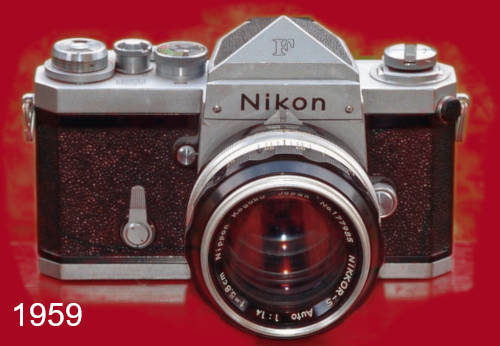
In 1975, Minolta took the same form for the film XD 5, with a pyramid and a mount passing from it.
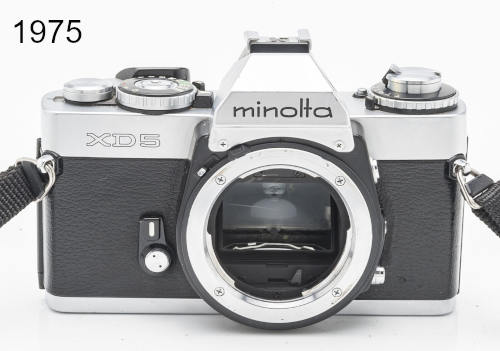
In 2019, Fujifilm released the X-T30 mirrorless APS-C camera. Look out for a pyramid that expands to support the brand's signature X mount.
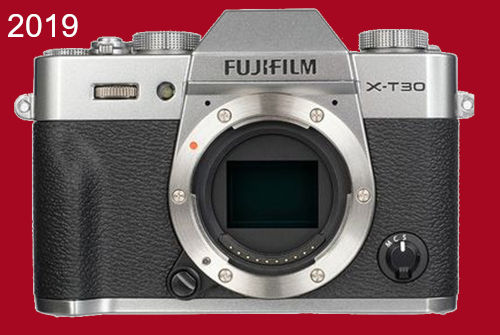
Also in 2019, Olympus, proud to have produced cameras for 100 years, released the E-M5 III with a Micro Four Thirds sensor. Like the brand's film predecessors, OM-D, it features a pyramid containing a viewfinder that protrudes into the lens mount...
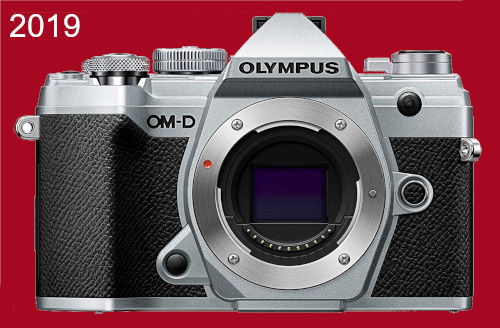
We're not going to change a recipe that works... Or not. Between 2010 and 2019, camera sales declined 90%, from 110 million units sold to less than 14 million in 2019!
The blame lies with the smartphones that replace them, manufacturers say. Perhaps you're also not very enthusiastic about the idea of purchasing a camera that looks exactly like the one that's been sitting in the attic for decades?
Part One: The real reason behind the decline of the camera.